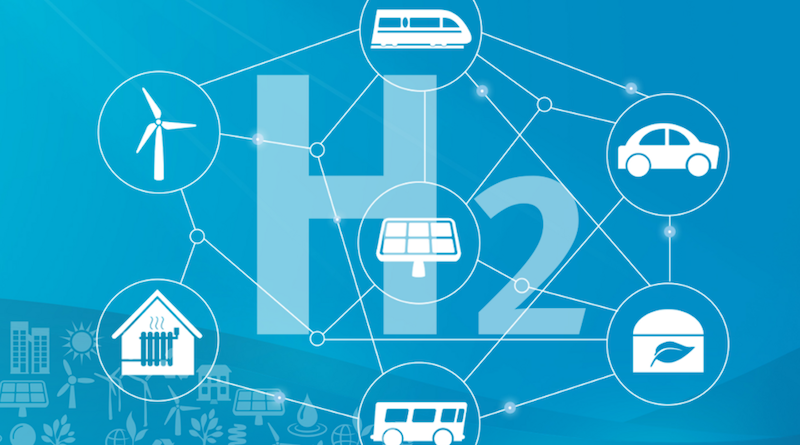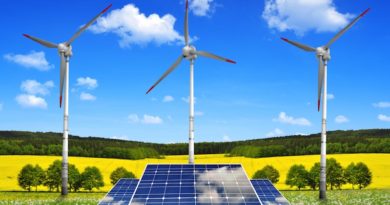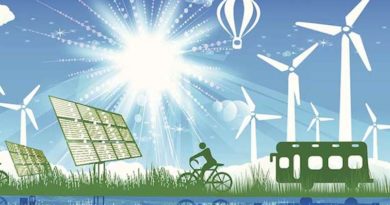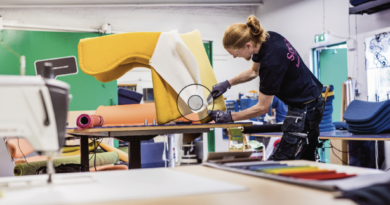
The future of Hydrogen under the Green Deal ambitions
Hydrogen is a central element of the EU plans in meeting the net-zero emissions target by mid-century. It is not the “silver bullet” for the decarbonisation of our energy mix, but it is the energy carrier that we have to invest more heavily. Hydrogen can be used as a feedstock, a fuel or an energy carrier and storage, and has many possible applications across industry, transport, power and buildings sectors” as the Commission underline on its relevant Communication.
However, before we welcome the new hydrogen decade, we have to become very well prepared on the following fundamental aspects, which will finally affect the success of the strategy.
1. Do we have the capacity to produce the quantity of green hydrogen we need in the EU as soon as possible?
According to the Strategy “in the first phase, from 2020 up to 2024, the strategic objective is to install at least 6 GW of renewable hydrogen electrolysers in the EU and the production of up to 1 million tonnes of renewable hydrogen”, and “in a second phase, from 2025 to 2030, hydrogen needs to become an intrinsic part of an integrated energy system with a strategic objective to install at least 40 GW of renewable hydrogen electrolysers by 2030 and the production of up to 10 million tonnes of renewable hydrogen in the EU.”
Are we ready to proceed so fast in order to address the 2024 target? Shall we invest intensively by all means on technology innovation and green hydrogen production by transforming former coal regions into hydrogen valleys and incentivize and facilitate our industry to transform itself into green energy consumer?
The milestone of 2024 is tomorrow. We have also to be prepared for green hydrogen massive import, particularly from Africa, which means additional investments in infrastructure.
2. Are we prepared to work with a realistic approach based on complementarity and transitional technology?
The Council conclusions on December 11th on hydrogen underline that emphasis should be given to hydrogen from renewable sources and that additional renewable energy demand from hydrogen will have to be taken into account in the future deployment of clean power generation capacity. It also acknowledges however, that the role that low-carbon hydrogen will have in an initial phase to ramp up production in parallel with blue hydrogen made from natural gas with carbon capture technology.
Since at the same date the European Council adapts the conclusions on climate law, it is now time for speed action.
“The European Council acknowledges the need to ensure interconnections, energy security for all Member States, energy at a price that is affordable for households and companies, and to respect the right of the Member States to decide on their energy mix and to choose the most appropriate technologies to achieve collectively the 2030 climate target, including transitional technologies such as gas”.
The translation of this decision depends on the political will of the governments in the Member States. However, the update of legislation in batteries, focusing on a whole life-circle approach, the renovation wave of buildings, the sustainable transports and a number of additional EU initiatives consisting the parameters of the European Green Deal, constitute a road map in order to transform not only our economy, but also our life model. In order to achieve this transformation, we need to use all the available instruments complementary and to take into account that big changes are successful since having people on board.
3. Are we ready to Repurpose our infrastructure before building new ones? Important European Projects of Common Interest are needed.
Our first priority is to include hydrogen as a key part in our energy mix and therefore, we have to provide adequate infrastructure. Investing now in low-carbon gas infrastructure will help to avoid a lock-in effect into fossil assets that otherwise will become stranded as Europe moves towards net-zero emissions.
In order to reach the target of at least 55% decarbonisation by 2030, more upfront investments are needed to lower the overall cost during the lifetime of these investments.
Before we start building new infrastructure we have to repurpose the existing gas infrastructure into hydrogen-proper as fast as we can.
Earlier this year, a group of eleven European gas infrastructure companies presented plans to create a dedicated “hydrogen backbone” to connect future hydrogen supply and demand centres across Europe. According to those plans, 75% of the network will consist of retrofitted natural gas pipelines, which are gradually expected to become redundant as volumes of natural gas decrease in the future.
4. How can we secure and provide affordable energy for our citizens without leaving anyone behind?
Under the new ambitions of the Green Deal, we proceed to the revision of the TEN-E regulation.
The objective of the future TEN-E is to support the implementation of the European Green Deal through the decarbonisation of energy, transport, industry and buildings, by fostering the deployment of innovative technologies and infrastructure, while keeping the energy transition socially sustainable.
However, we have to be realistic and to bridge the gap between our ambition of not relaying on fossil fuels, in general, and at the same time to provide affordable energy in the market, for our citizens and the industry. In addition, we have to take into account the stability of the system and the security of supply.




